
10 minute read
ENVIRONMENTAL MANAGEMENT
Better Silver is surrounded by beauty and it creates beauty: it is located in Bressanvido (a small town in the provinceof Vicenza), in a countryside oasis, a land of freshwater springs (a naturalistic heritage to be preserved) not far from the river Brenta and its fairy-tale landscapes, and at the foot of the Asiago plateau and flanked by the unique and magnificent historical cities of Verona and Venice.
The protection of this land and its value is a challenge that the company sets itself every day. The contribution made in 2017 to the municipality of Bressanvido for the construction of a playground near the renovated town hall square, as part of the environmental and social redevelopment of the area, is an example of the strength of our attachment to the territory.
Advertisement
Another important issue is water protection, and that of avoiding waisting water, given the scarcity of water resources and the importance and abundance of water in our regions, which characterizes and influences the entire ecosystem.
Better Silver is well aware that some specific internal production processes (such as electroplating, welding and melting) can have a potential negative impact on the environment, and is therefore committed to taking all necessary measures to assess the risks and reduce them, establishing correct procedures and practices in the management of production processes, related equipment and waste.
Better Silver discharges or disposes of its waste and emissions in full compliance with the Italian legislation in force, which mainly refers to the Consolidated Environmental Act (Legislative Decree no. 152/2006 as amended).
To ensure more effective environmental management, the company works with qualified external experts.
Firstly, we have contracted an experienced and reliable consultancy firm, which undertakes to support any criteria needed to remain compliant in an ever-changing regulatory framework. For example, managing environmental practices such as the AUA
(Single Environmental Authorisation), keeping an updated schedule of all environmental obligations on behalf of Better Silver, checking the MUD declaration before sending it electronically, etc.
Suppliers of equipment (air suction, plating, air conditioning, etc.) are also selected on the basis of their attention to regulatory and environmental aspects as well as their technical skills.
Suppliers of waste transport and disposal services are carefully selected from candidates who are duly authorised and of unquestioned professional standing.
Environmental Management
Better Silver’s administration includes a Safety and Environment Department, which deals with environmental management and all related administrative tasks.
The CEO is ultimately responsible for overseeing the environmental management system.
Information and training on environmental risks and controls is provided to all employees involved, and stated in written procedures and good company practice.
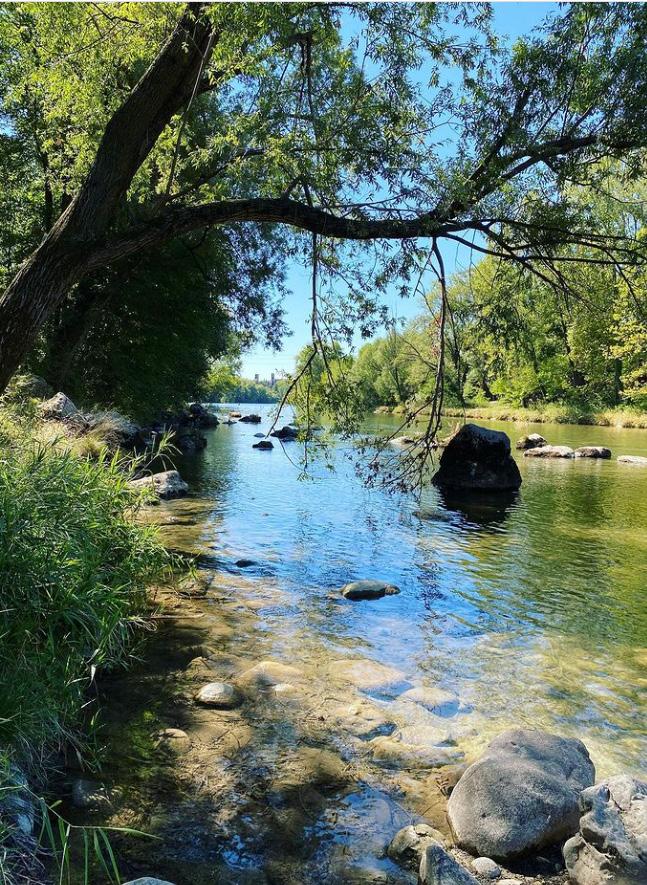
Training often involves working alongside more experienced staff (internal or external) during all production process and waste management operations (handling and storage, records).
Waste And Emissions
Better Silver identifies all wastes and emissions released to a significant extent into the atmosphere, water and soil in relation to its operational processes and in relation to relevant laws and regulations.
Here too, the company is supported by external consultants who are experts in the field and who constantly monitor the company to ensure that it always complies with the provisions of an ever-changing regulatory framework.
Whenever there is a change in operational processes or changes to facilities, these advisers are consulted for assessment of its environmental impact.
Evidence of the identification of waste and emissions can be found mainly in the following documents:
• AUA (Autorizzazione Unica Ambientale - Single Environmental Authorisation) procedures, in particular documents for the authorisation of emissions into the atmosphere
• Waste sheets, prepared by external consultants, containing characterisation, hazard classification, EWC code and results of laboratory analysis
• Waste Loading and Unloading Registers (in digital format)
• Waste identification forms
• Single Environmental Declaration Form (MUD)
The 4 Rs of waste management:
In addition to these documents, hazardous waste is physically identifiable in the storage areas by means of signs indicating the type of waste, the EWC code and the label with a black R on a yellow background.
The quantities of waste produced and regularly disposed of through authorised transporters and disposal experts can be found in the Waste Loading and Unloading Registers and in the MUD.
Atmospheric emissions are monitored and managed according to the requirements of the relevant authorisations contained in the AUA.
Information and data on the quantity and quality of emissions can be found in the respective test reports of analyses carried out by accredited laboratories and in the records of Periodic Checks of Emissions into the Atmosphere. Monitoring data on waste and emission quantities is important in order to understand whether there are any anomalies (plant malfunctions or errors in production processes) and whether there is room to improve environmental performance, and subsequently to measure the results of any corrective actions.
Wherever possible Better Silver applies the principles of reduce, reuse, recycle and recover, known as the “4 Rs” of waste management, to minimise the impact on the environment.
Examples are the reduction of greenhouse gas emissions, improving energy efficiency and recycling the raw materials used for processing.
Use Of Natural Resources
Installation of in-house systems to produce hydrogen
Better Silver regularly monitors energy and water use in its operations by analysing consumption data on invoices and reports (e.g. Electricity Report) from electricity, natural gas and water suppliers and by checking the relevant meters. Where possible, it takes measures to improve the efficient use of these resources for both environmental and economic reasons.
Better Silver is mindful of the other important natural resources used in its operations, starting with the mineral components of the raw materials fed into the production cycle, such as precious metals (especially silver) and other metals or alloys such as bronze and brass.
Again, our constant focus on efficient use is motivated by both environmental and clear economic reasons. This is the case with scrap and reworked silver jewellery or semi-finished products that require remelting, refining and reworking processes that consume energy and employ other technical and human resources. It is therefore in the company’s interests to seek to minimise waste and reworking.
The measures implemented in terms of care for our ecosystem require the full attention of all staff working within our company in their individual daily actions, aimed at an ever greater reduction of waste.
The most significant actions are as follows:
• The greatest source of potential greenhouse emissions by Better Silver is our more than 5 Million Kilowatts of energy consumption per year.
As early as 2011, two photovoltaic systems were installed on the roofs of the plants in Bressanvido, making maximum use of the available surface area.
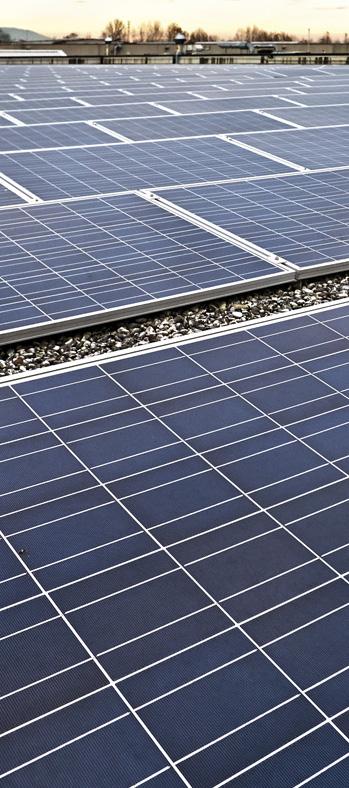
In total, these plants produce over 350.000 kilowatts of electricity per year, approximately 10% of the total electricity consumed
The photovoltaic panels are cleaned regularly to ensure maximum yield. Thanks to the goal achieved of using 100% renewable energy produced exclusively from wind, water, and sun, our emissions have been reduced to zero.
Every year, we save 1.500 tons of CO2 from entering the atmosphere.
Contracts (Guarantee of Origin, 100% green energy certificate) have been made with specialized suppliers at higher costs to achieve this result.
• Installation of in-house systems to produce hydrogen, a gas that is used in large quantities to run furnaces and for other production purposes. This avoids greenhouse gas emissions caused by ground transportion of hydrogen by external companies. It should also be noted that hydrogen production plants run on electricity which is, at least in part, self-generated by the photovoltaic panels.
• Adoption of systems for recovering water used for production purposes, both internally and externally, by delivering waste water (e.g. from electroplating) to specialised companies authorised to treat and purify such water. Only toilet water goes into the sewage system.
Adoption of systems for recovering water
Use Of Natural Resources
• Reuse of all metal production waste (mainly silver) which is melted down and refined to make new raw material. Better Silver is sensitive to this issue.
• Since 2021, 100% of the silver raw material used was from recycled sources. Contracts have been stipulated with selected suppliers to acheive this result.
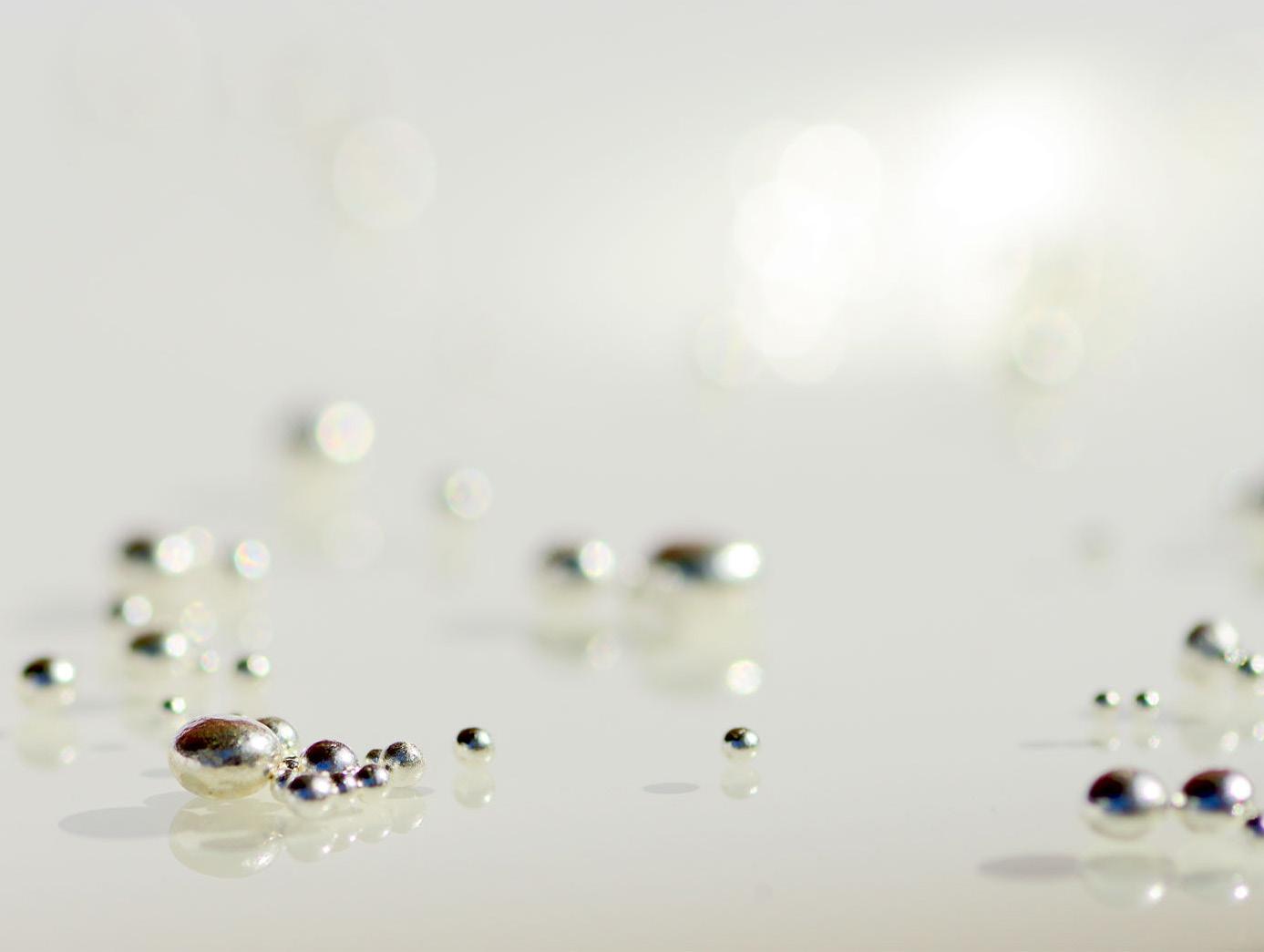
recycled silver 100%
• Heat recovery from exhaust systems, by means of special heat exchangers that avoid wasting energy (mainly methane gas) by using it to heat the workplace.
• Installation of electric hand dryers in bathrooms (partly powered by self-generated energy from photovoltaic panels) to eliminate the use of paper towels.
• Installation of timed hand-washing taps in the production department bathrooms to reduce water waste.
Reuse of all metal production waste
• Optimisation of travel for the transport of semi-finished products from the subsidiary in Romania.
• Gradual introduction of low-emission vehicles (e.g. hybrids) in the corporate car fleet.
• Professional HD video conferencing system by Cisco, to connect Better Silver with its business partners worldwide. The system has drastically reduced the need to travel abroad, with consequent benefits in terms of reduced costs, time and Co2 emissions.
• The expansion of our production plant, completed in 2022, will allow us to concentrate almost all of our production activities under one roof. As a result, a drastic reduction in the transport of goods between one plant and another, with lower CO2 emissions, will be achieved.
People
“Getting
Our staff are an essential asset. Better Silver seeks to motivate its employees throughout the challenges facing the company. People are considered an essential resource; trusted, cared for and respected.

Better Silver is a place where those who want to stand out from the crowd, give their best and improve themselves find fertile ground. Our aim is to stimulate and develop our employees, so that they can find an environment where they are listened to and considered.
As of 31 December 2021, the headcount was: 105 employees, of which 51 were women and 54 men, with an average age of 45 years, seniority of over 15.5 years and staff turnover due (almost exclusively) to reaching retirement age.

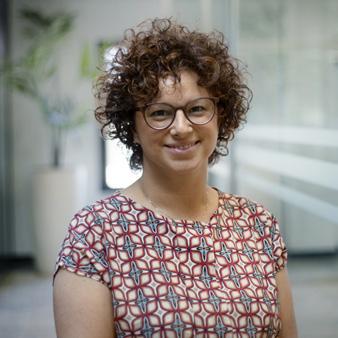
The BETTER SILVER family has grown by ten new, young employees in the last year. A future objective is to establish the BETTER SILVER Academy. Formalized training courses will be held inside and outside the company together with other formation activities to increase satisfaction, competence, and loyalty of new employees.
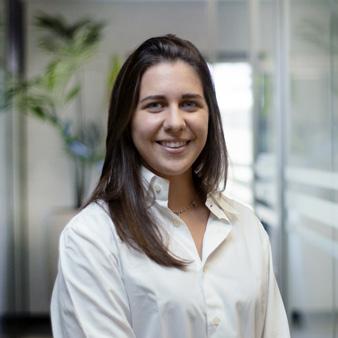


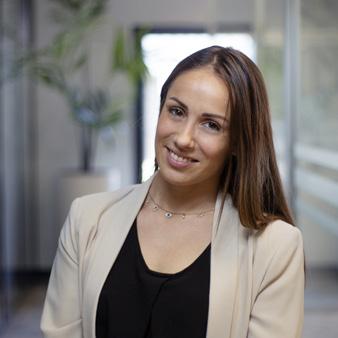
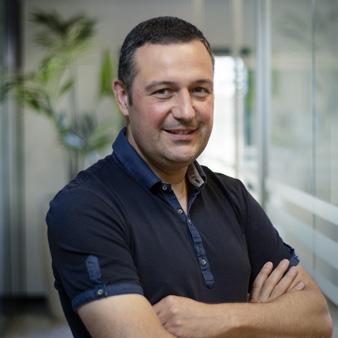

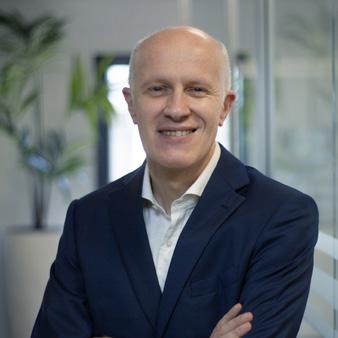


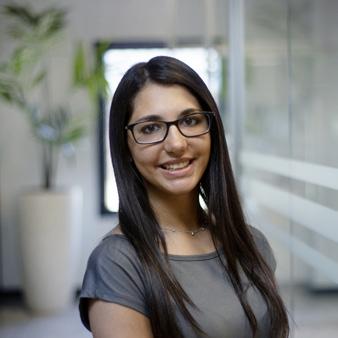

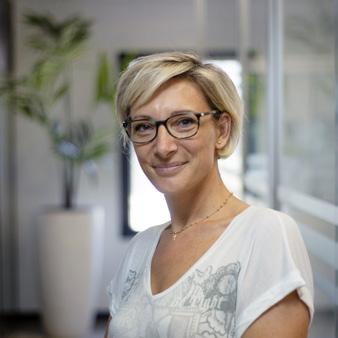
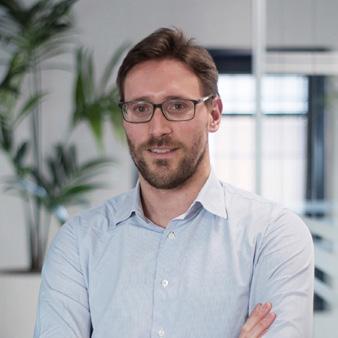
Employees by Gender
105
All BETTER SILVER employment contracts are open-ended.
51 54 employees women men
People
Inclusion

Better Silver does not discriminate in recruitment, remuneration, access to training, promotion, termination or retirement on the basis of race, national, territorial or social origin, birth, religion, disability, gender, sexual orientation, family responsibilities, marital status, union membership, political opinion, age, or any other condition that could give rise to discrimination.
The issue of inclusion is also very much on the agenda, especially when it comes to female employment; in fact, the percentage of women in our total workforce is 49%, and among these, 9 out of the 17 people covering supervisory positions in their departments are women
Responsible Roles by Gender
In this respect, we mention RBS, which is a direct subsidiary of the group in Romania. Its manager has worked with us for years, heading a company of about 180 employees, all of whom are women.
A further theme concerns women at work and evident in the attention given to female employees returning from maternity leave. In the first years, the new mother has needs related to the care and management of her children, to which the company is sensitive. As much as possible, concessions are made to meet requests along this line.
As of 31/12/21, out of 51 women, 16 have part-time jobs (31% of the total number of female workers) and 68% of which are mothers returning from maternity leave
Since 2018 we have also been supporting the independent humanitarian association “Women for Freedom”, set up to counter discrimination and the exploitation of women and girls. The association runs micro-credit and self-generated income projects in Italy, Nepal, India, Cameroon and Romania, aiming to combat trafficking in women and human beings.


Better Silver guarantees staff the right to follow principles or practices, or to meet needs related to race, national or social origin, religion, disability, gender, sexual orientation, family responsibilities, trade union membership, political opinions or any other condition that could give rise to discrimination.
It also undertakes to ensure that no threatening, abusive, exploitative or sexually coercive conduct, including gestures, language or physical contact, takes place in the workplace.
Better Silver does not benefit from or support in any way the use of child labour, nor does it use young workers, except in the case of interns sent by schools, who are paid for the duration of their employment.
Employees are free to leave the workplace at the end of the standard working day and also to terminate the employment relationship subject to reasonable notice.
The company is currently not unionised, probably because over time a direct, trusting, understanding, collaborative and loyal relationship has been established between staff and management.
Analyzing the trend of injuries from 2011 up to today, it can be said that injuries are rare and not serious compared to the size of the company.
Following is the data on accidents and a graph on their trend (accidents on the way to work are also included).
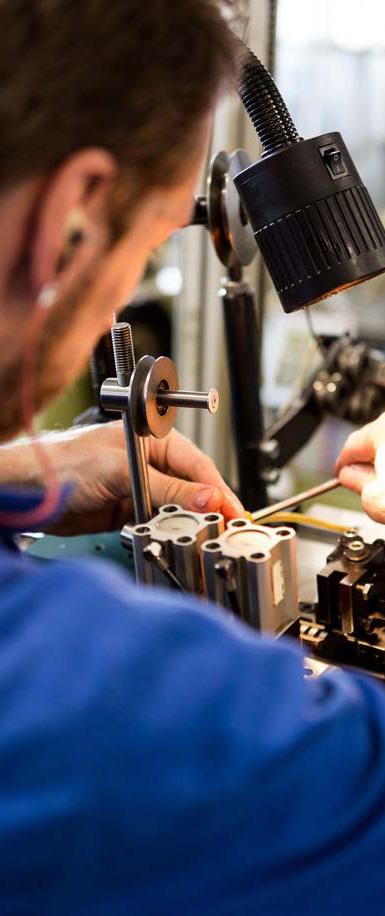
People
Since 2014, total hours worked per year are available. It is therefore possible to compare the hours lost to injury (injury days x 8 hours) with the hours worked and obtain the relative percentage. From 2014 to 2021 this calculates to 0,17%.
percentage between accident hours and hours worked 0,17 %
Training
We believe that training is an essential ingredient in success; something we have facilitated through a variety of activities and initiatives, and which we seek to constantly improve.
In 2020 the company provided 22 training activities with a total of 114 hours of training, which when multiplied by the number of participants makes a total of 1657 hours Training hours in 2021 amounted to 1743.5 hours.
In this regard, mention is made of the “Plenary”, a new corporate training event for all employees, promoted since 2020 and lasting half a day.
In this event the aim is to share, increase transparency and involve all our team in important topics such as the company’s culture and development strategies, some of the previous year’s achievements, company objectives and the launch of new collections.
Given the relevance of this event and the satisfaction of all participants, the event is repeated from year to year.
Supply Chain Control
Control and agreements with accredited suppliers
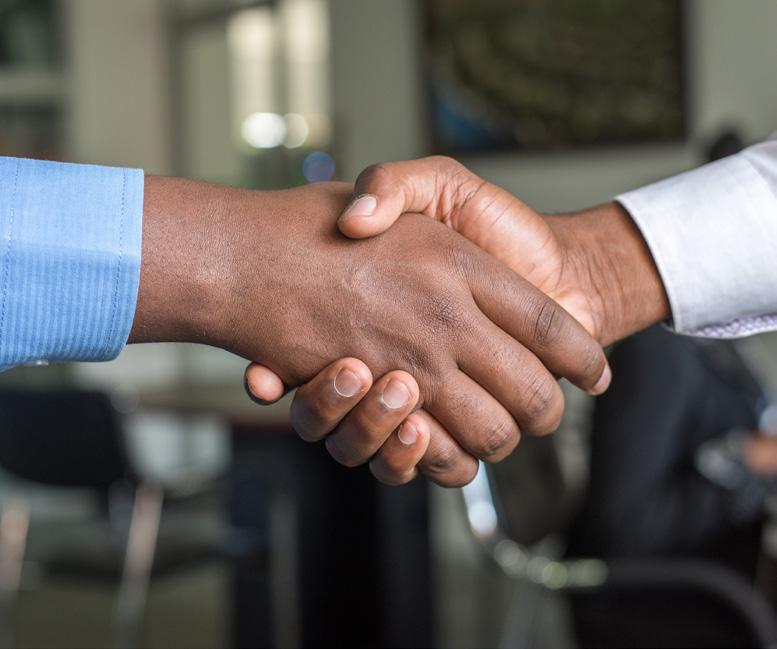
As a ‘downstream company’ (i.e. any company after the refinery, up to and including the retailer), Better Silver, is naturally concerned about the identity of the upstream refinery We identify and assess risk in the supply chain by identifying suppliers and collecting various types of information and documents to demonstrate responsible sourcing.
Neither SA8000 nor RJC COP require all Better Silver suppliers to be fully compliant with the standard, nor do they require facilitation for their certification; instead, they seek to use Better Silver’s control and influence over its entire supply chain to encourage socially responsible supplier practices.







